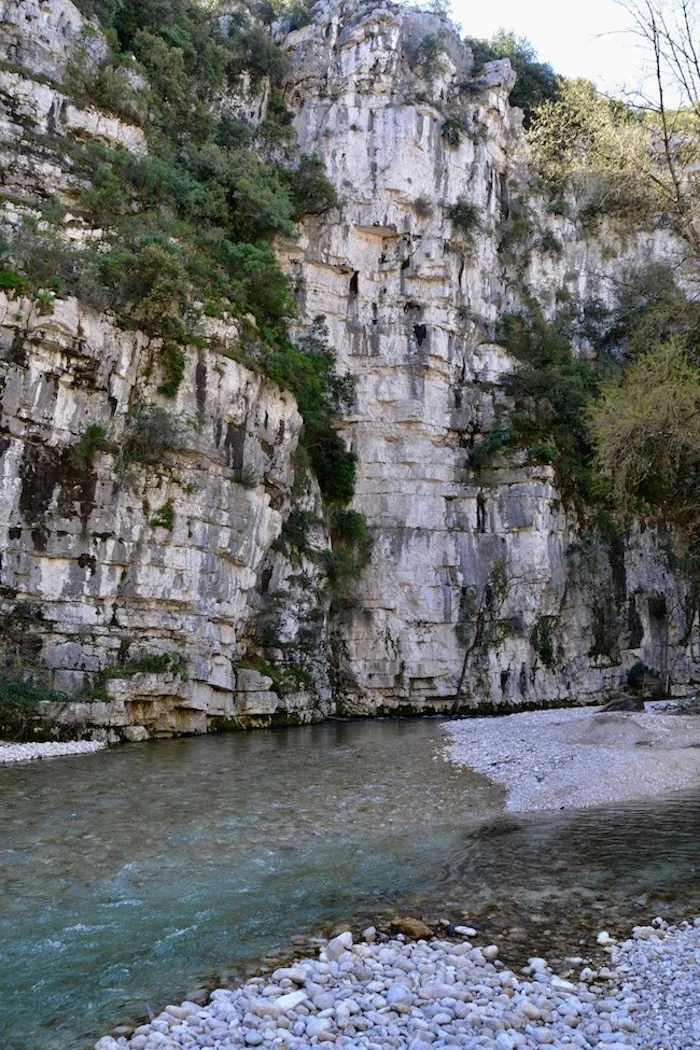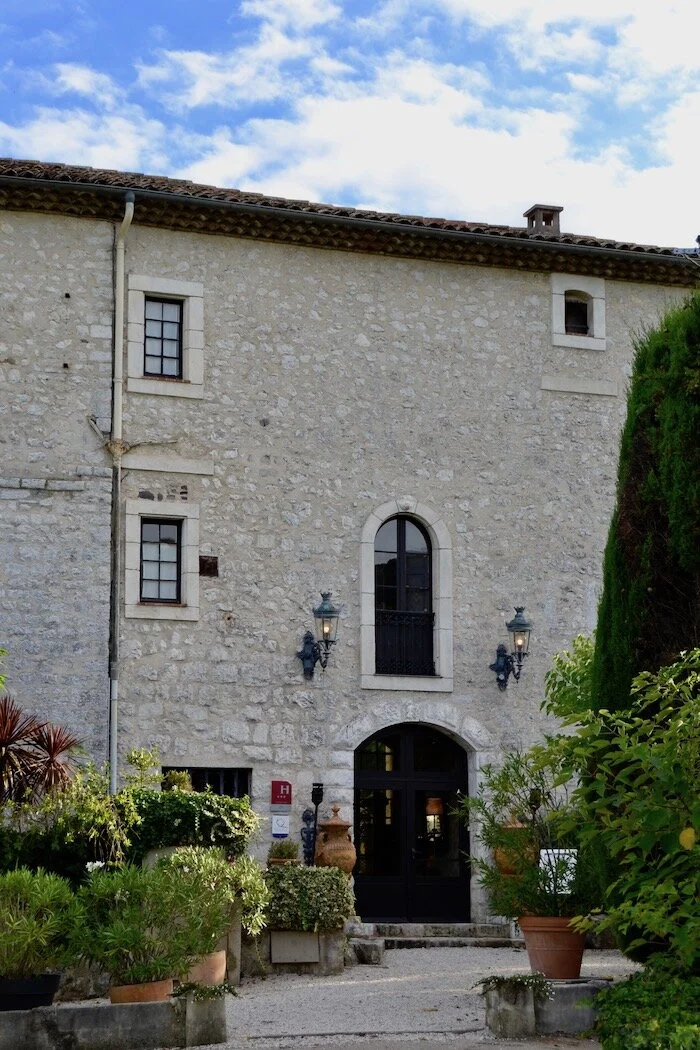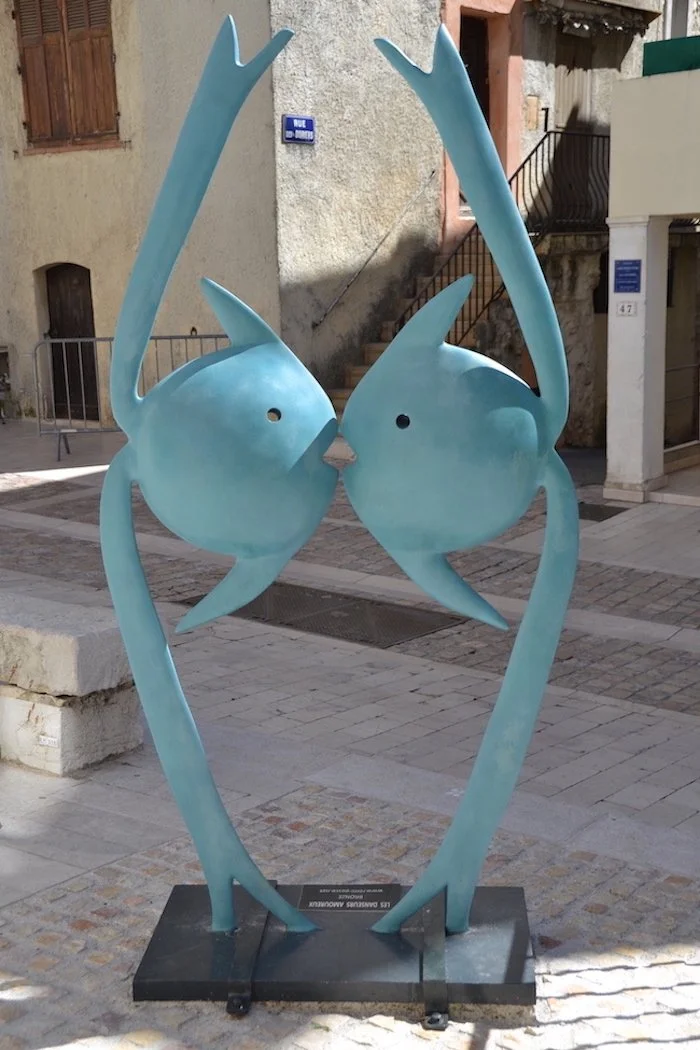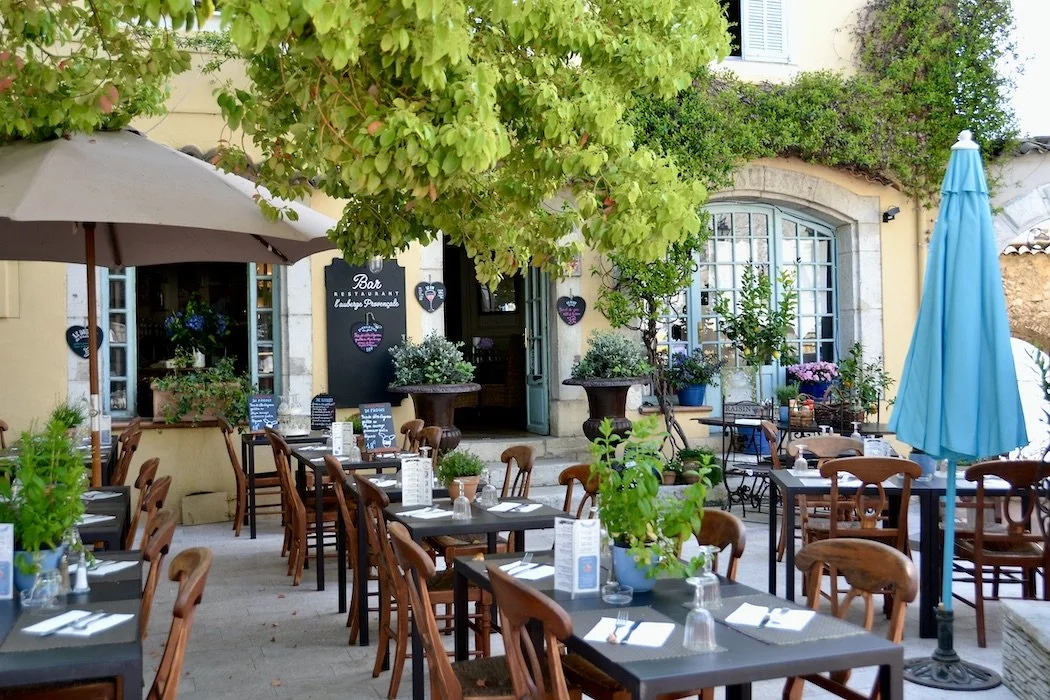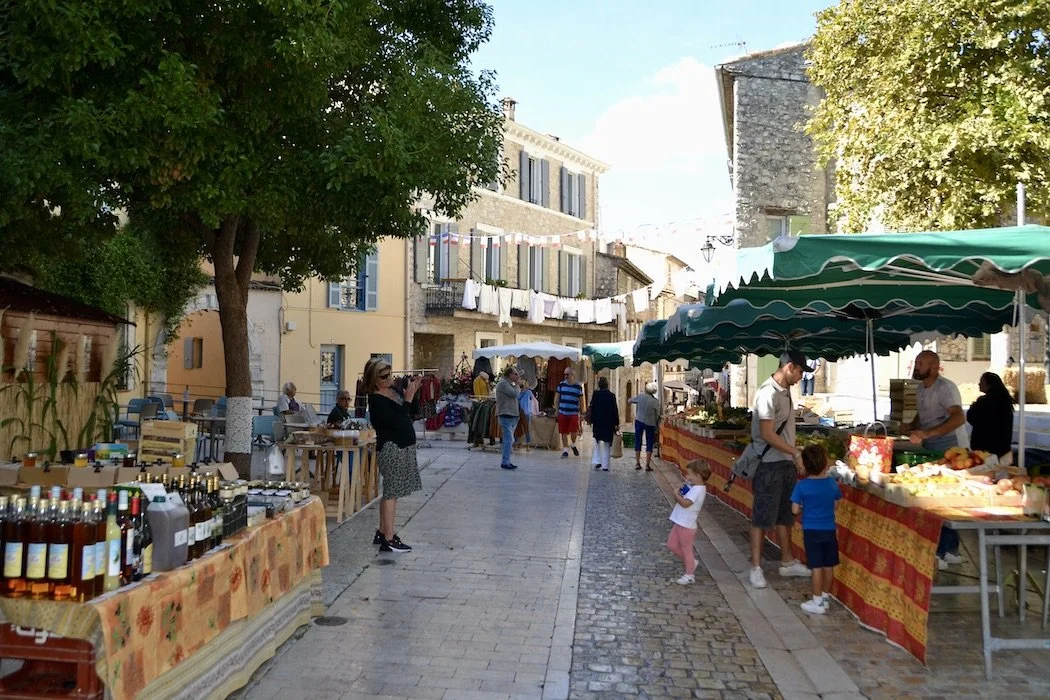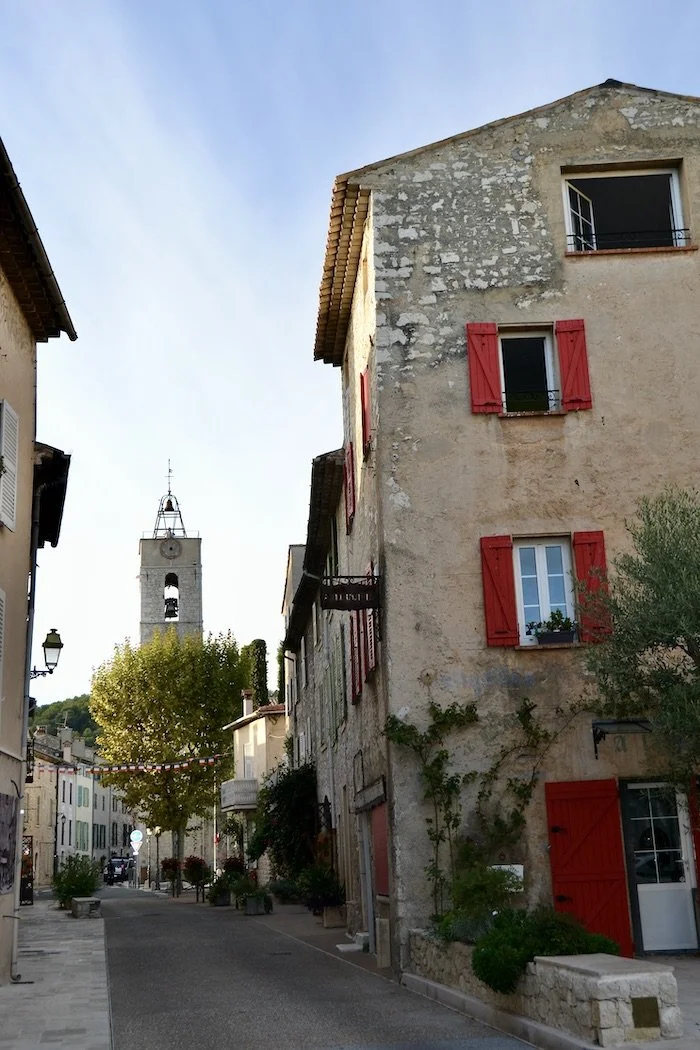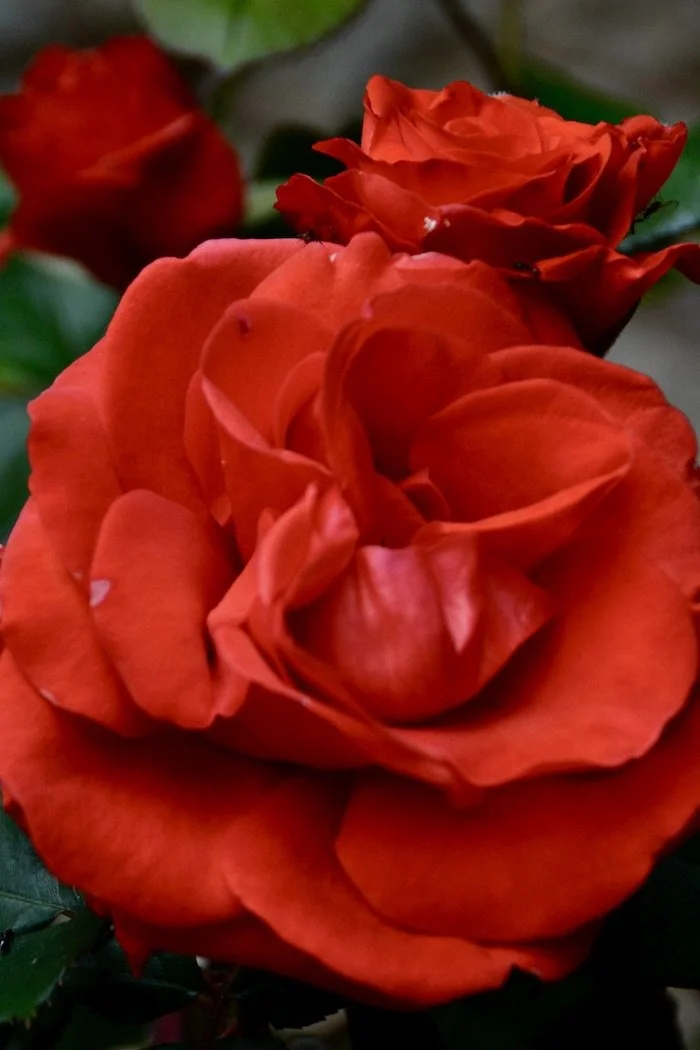Off the Beaten Path on the Côte d'Azur
The River Loup at La Colle
“There Is Something For Everyone Here, Especially When You Dare To Go Off The Beaten Path.” — Marcel Wanders
The river Loup originates in the Alpes-Maritimes in the Provence region of southern France, and it is named for the many wild wolves that used to make their home in the region. It begins in Andon near small ski resorts and wends its way for 30 km (19 miles) through rugged, untamed, hilly countryside, passing enchanting walled hilltop villages before flowing into the Mediterranean Sea just west of Nice, on the Côte d’Azur. Most of this region of narrow, winding roads and deep valleys is passed over by travelers looking for the glitzy side of the French Riviera the towns along the coast.
At the town of La Colle sur Loup, the river Loup flows through flatter terrain, though it has carved the hillsides to expose rocky cliffs in places, leaving stretches of pebble beach in others. Kayaking, rock climbing, and trout fishing are the most popular activities in these cool, tranquil surroundings. Wading to cool off on a hot summer day is possible, but for swimming the river is too shallow along the sections where it flows gently by the pebble beaches. Walking paths snake along the Loup for a couple of kilometers until the cliffs make passage impossible, and families gather under the trees to picnic along the peaceful waters.
A charming and authentic medieval village, La Colle is rather sleepy and a bit off the beaten path, though it is a worthwhile place to pause and enjoy Provencal life at its purist. Residents, young and old, come out all dressed up to enthusiastically celebrate national holidays like Easter and Bastille Day or the main festival days in May and September. The town was incorporated in 1792, but long before even a village existed here, the Canadel Priory was built during the 10th century. The landmarked Romanesque chapel was added a couple of centuries later. At the height of its importance, the priory had a fortified gate, corner towers, and cloisters, all of which are still there, and now house the enchanting L´Abbaye hotel and restaurant.
Across the main road and just up an incline, the Canadel Gate leads into town. The historic central square is lined with cafés and restaurants, and it is here the weekly market sets up every Saturday, and where summer concerts are staged. La Colle has long attracted artists of many types, from painters to cartoonists and architects. Today the town also lures antique enthusiasts to its many small shops along the cobbled pedestrian main street lined with stone townhouses. Narrow side lanes lead to artists’ workshops and to small quiet parks. During the past centuries since Roman times, the land surrounding the town was covered in olive and fig orchards, vineyards, and wheat fields. But, beginning in the early 1800s, it was the perfume rose, the Rosa Centifolia also known here as the Rose de Mai for when it blooms, that made the town famous as a supplier to the perfume makers in nearby Grasse, earning La Colle sur Loup the name: “The Capital of the Rose”.
Don’t Miss:
Taking a stroll in and around the ancient Abbaye to see the gardens and chapel.
Lunch Tip:
Le Saint-Eloi on Rue Clémenceau with indoor and outdoor seating for hearty French cuisine.
Bedtime:
L’Abbeye Hotel, a unique small hotel in ancient surroundings with a superb restaurant.
Subscribe for inspiration to have my posts drop directly into your inbox. *If you enjoyed what you read, please share this post with like-minded travelers.*
*All photographs are mine, taken with my Nikon D3100 or iPhone 8.*

